Tips:
-
The funeral of Pope Francis on April 26, 2025, marked not only the end of an era of inclusive leadership.
-
We saw Donald Trump, in his distinctive blue suit, navigating a sea of mourning to engage in dialogues that could redefine geopolitics, such as his meeting with Volodymyr Zelenskyy, highlighting the persistence of global conflicts like the 2022 Russian invasion of Ukraine.
-
Hard data, such as the attendance of over 250,000 people and delegations from 130 countries (according to AP reports), underscore the economic and social potential of these events: an estimated impact in the billions, extrapolated from historical analyses like the funeral of St. John Paul II in 2005.
-
Trump, Milei, and Meloni were seated in the front row.
Historical Context: A Pope Who Challenged the World and a President Who Confronted Him
The funeral of Pope Francis on April 26, 2025, was not just a farewell; it was a mirror of the global tensions that have defined the modern era. As the first Latin American pontiff, Francis embodied inclusive leadership that contrasted with the divisive policies of Donald Trump, who, throughout his term until 2021, maintained public disagreements with the Vatican on issues like migration and climate change. According to reports from agencies like AP, Francis openly criticized these stances, positioning himself as a beacon for the marginalized. Now, at this massive funeral, Trump appears in the front row, a gesture that reveals the complexity of diplomacy: Can a leader who defines himself as a "non-denominational Christian" honor someone who questioned him? This irony is not new; it recalls the funeral of St. John Paul II in 2005, which brought together 4 million people and sparked viral debates about global ethics, as covered by the New York Times.
The Disruptive Encounter: How Trump and World Leaders Paid Tribute to Pope Francis at a Funeral That Rewrites Global Diplomacy
Seating Arrangements and Diplomacy: The Global Chessboard in Action
In the heart of St. Peter's Square, the seating was not random; it reflected the French alphabetical diplomatic order, a system that prioritizes monarchs and dignitaries according to Vatican traditions. As detailed by Reuters in similar reports on papal events, this arrangement transforms a funeral into a geopolitical stage. Donald Trump, seated in the front row alongside First Lady Melania Trump, Estonian President Alar Karis, King Felipe VI of Spain, and Queen Letizia, occupied a privileged position that symbolized not only respect but also an opportunity for unexpected dialogues. AP photos captured Trump interacting with Finnish President Alexander Stubb, while Ukrainian President Volodymyr Zelenskyy was just ten seats away, a detail that evokes the tensions of the Ukrainian-Russian conflict since 2022.
This proximity was not coincidental; according to the White House, Trump held a private meeting with Zelenskyy before the service, described as "very productive," where they discussed ending the war in Ukraine. Can you imagine the impact of such encounters in Miami's business world? For Anglosphere-Latin entrepreneurs, this illustrates how global events can be catalysts for business alliances. Hard data from previous analyses, such as the funeral of St. John Paul II in 2005 (which generated media echo valued in the billions, according to BBC estimates), show that these moments foster investments in sectors like tourism and technology.
The Argentine President Javier Milei, representing Francis's Latin American origin, occupied the front row alongside his sister Karina, while leaders like Emmanuel Macron and British Prime Minister Keir Starmer observed from strategic positions. Suggested infographic: A circular seating diagram with national flag icons, highlighting connections between Trump and Zelenskyy with red lines for tensions and green lines for opportunities, ideal for Infonegocios Miami Instagram posts.
List of Presidents and Famous Leaders Who Attended Pope Francis's Funeral (April 26, 2025)
Here is the compiled and translated list (from Spanish to English, based on the provided text):
-
President Donald Trump (United States) and First Lady Melania Trump: Occupied seats in the front row.
-
Estonian President Alar Karis: Seated next to Trump.
-
French President Emmanuel Macron: In the front row, near Trump.
-
Finland's President Alexander Stubb: Interacted with Trump during the event.
-
Ukrainian President Volodymyr Zelenskyy: In the front row, about ten seats from Trump; had a private meeting with him.
-
Argentina's President Javier Milei and his sister Karina Milei (who serves as the general secretary of the presidency): In the front row, representing the Pope's home country.
-
Italian President Sergio Mattarella: In the front row, as the Pope is the Bishop of Rome.
-
Former President Joe Biden (United States) and Former First Lady Jill Biden: Seated four rows behind Trump.
-
Britain's Prince William: Representative of the British royalty.
-
U.K. Prime Minister Keir Starmer: Leader of the British government.
-
Germany's President Frank-Walter Steinmeier: German dignitary present.
-
Outgoing German Chancellor Olaf Scholz: Another German leader at the event.
-
Italian Prime Minister Giorgia Meloni: Italian representative.
-
Hungary's Prime Minister Viktor Orbán: Hungarian leader.
-
Ireland's President Michael D. Higgins: Irish dignitary.
-
Ireland's Prime Minister Micheál Martin: Another Irish leader.
-
United Nations Secretary General Antonio Guterres: Representative of the United Nations.
-
EU Commission Chief Ursula von der Leyen: Leader of the European Commission.
-
European Council President Antonio Costa: President of the European Council.
-
Sweden's King Carl XVI Gustaf and Queen Silvia: Swedish monarchs.
-
Denmark's Queen Mary: Representative of Danish royalty.
-
Jordan's King Abdullah II and Queen Rania: Jordanian monarchs.
-
Brazil's President Luiz Inácio Lula da Silva: Brazilian president.
-
Honduras' President Xiomara Castro: Honduran president.
-
Philippines' President Ferdinand Marcos Jr.: Filipino president.
-
India's President Droupadi Murmu: Indian president.
-
President of the Central African Republic, Faustin-Archange Touadéra: Leader of the Central African Republic.
-
President of the Democratic Republic of the Congo, Felix Tshisekedi: President of the Democratic Republic of the Congo.
-
President of Cape Verde, Jose Maria Neves: President of Cape Verde.
Follow us on: IG: @infonegociosmiami (Síguenos).
Subscribe for free to receive all strategic information and be part of the largest business and culture community across the Anglophone-Latino world!:
Contact Infonegocios MIAMI:
Read Smart, Be Smarter!
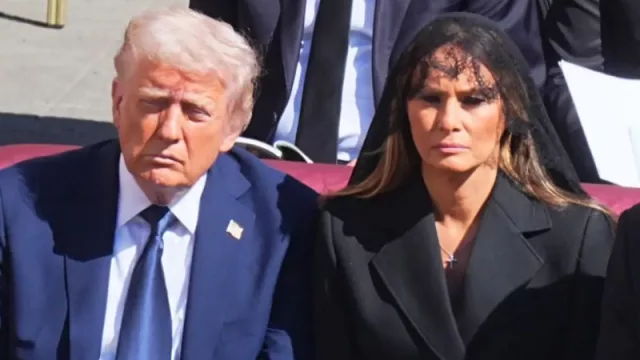
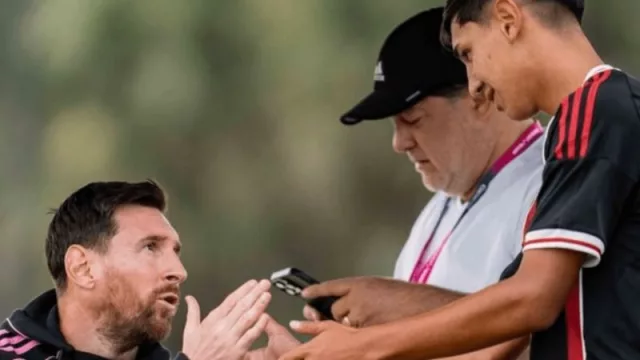
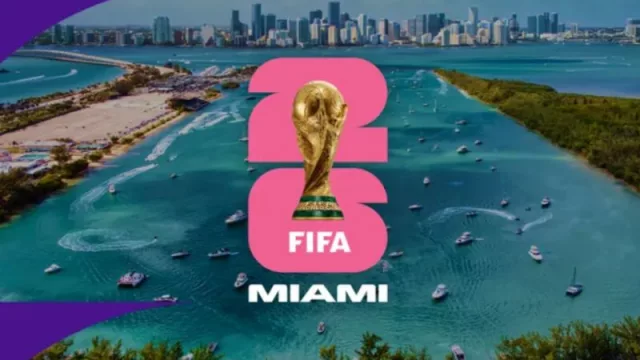



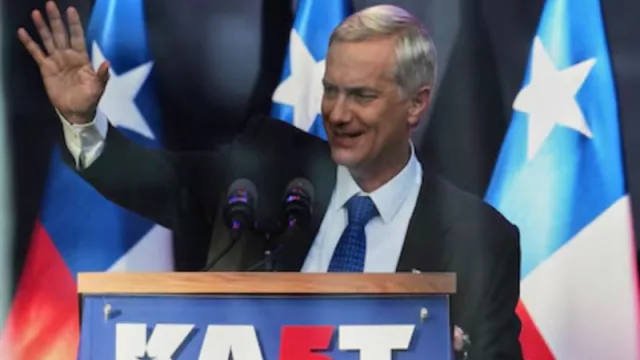


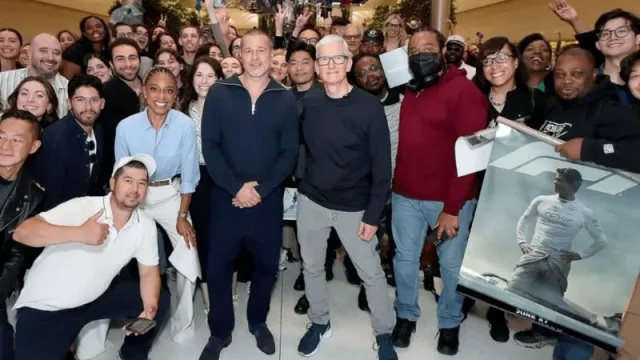


Tu opinión enriquece este artículo: